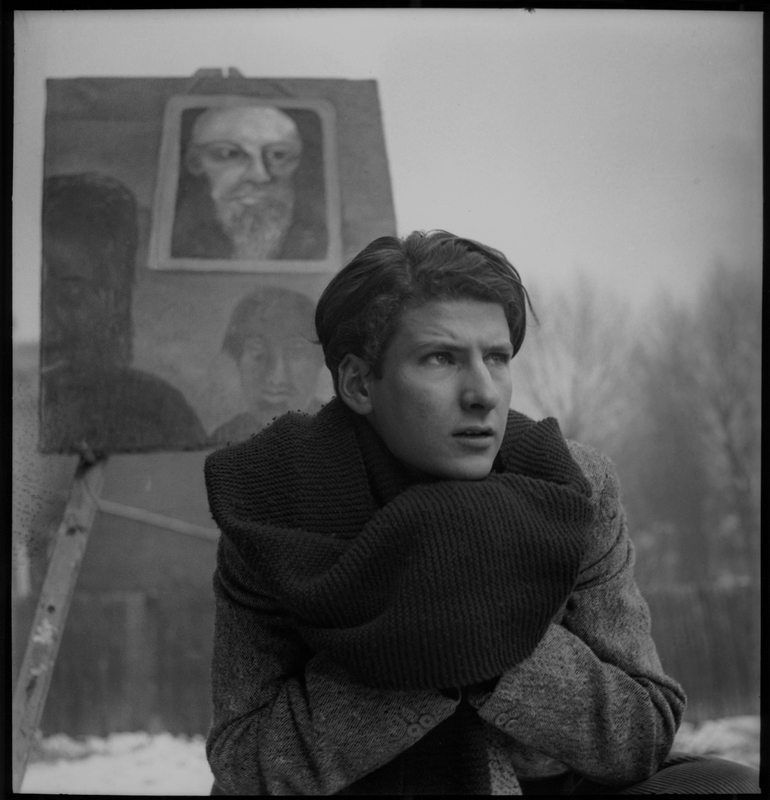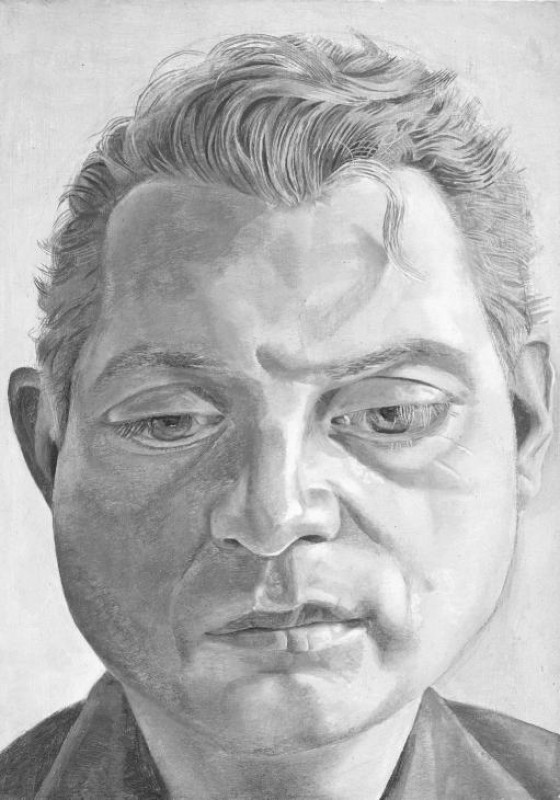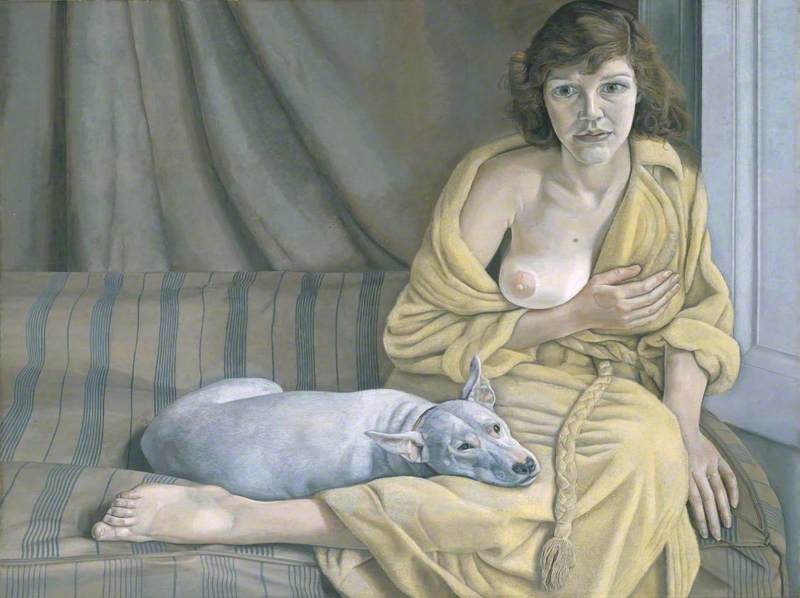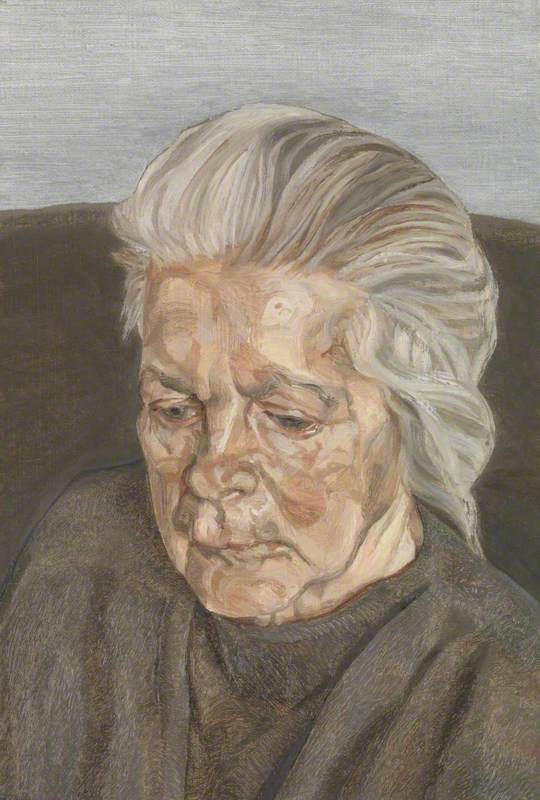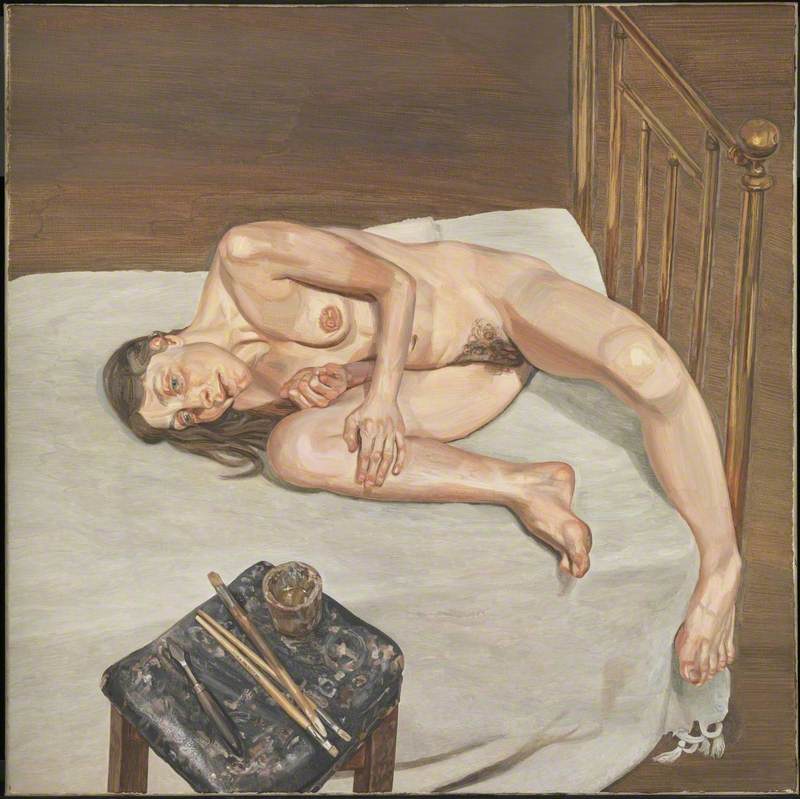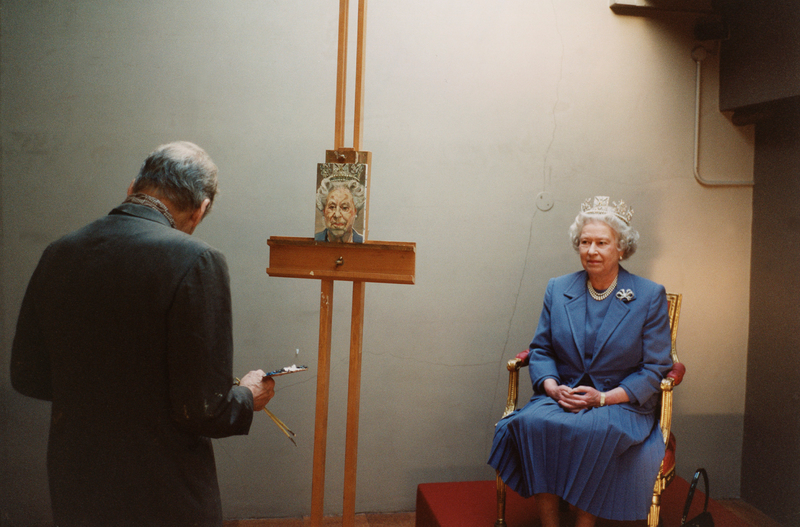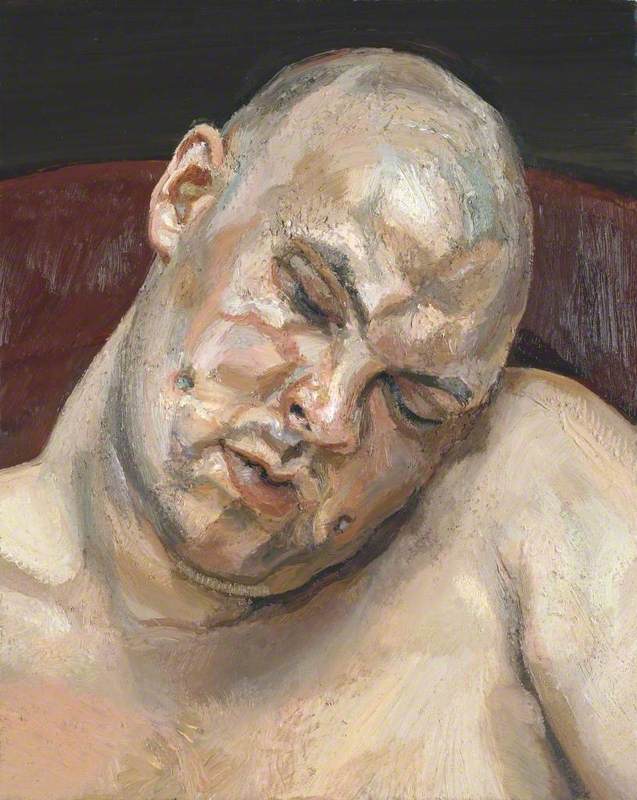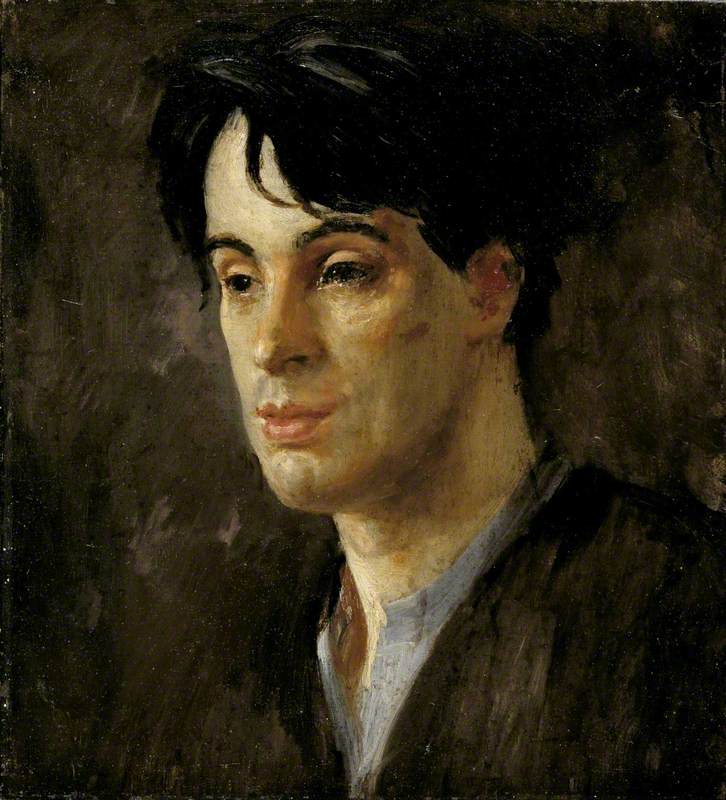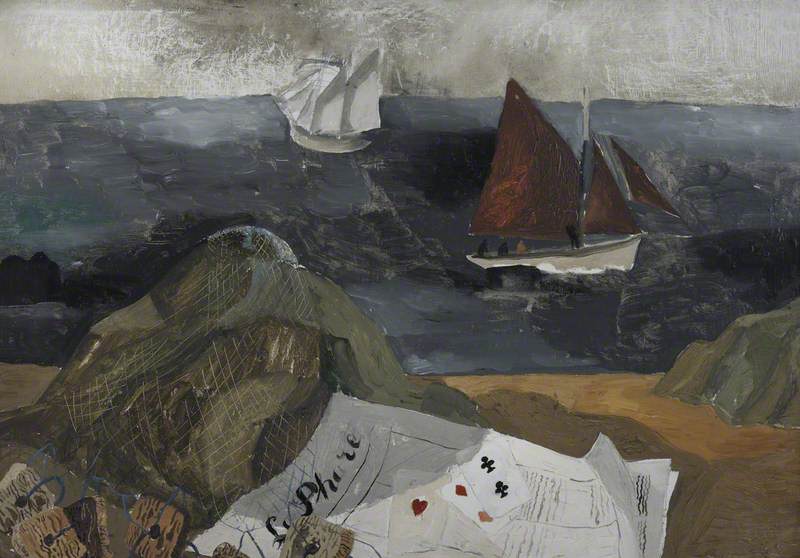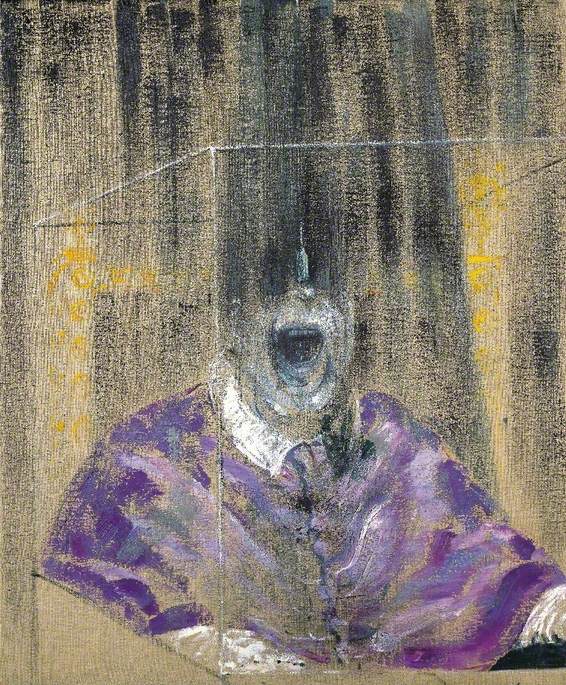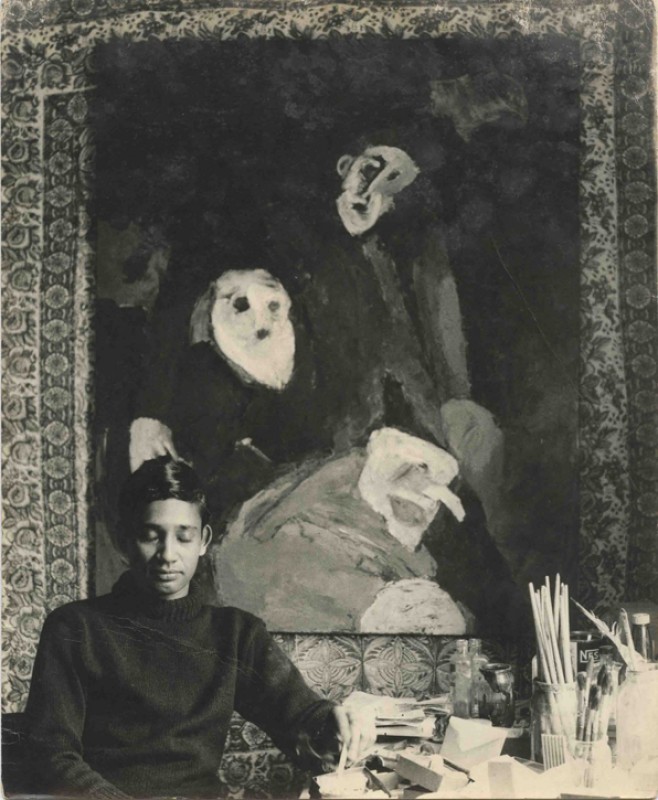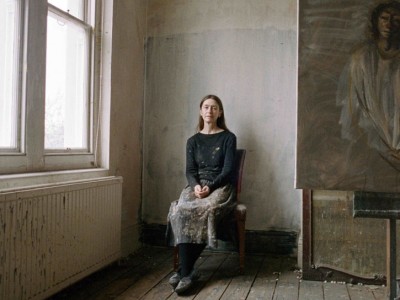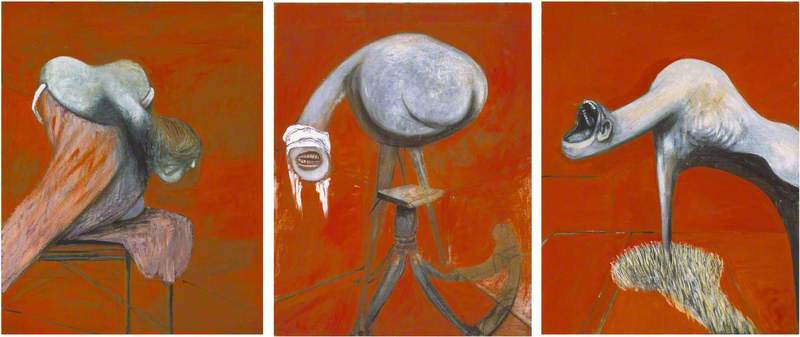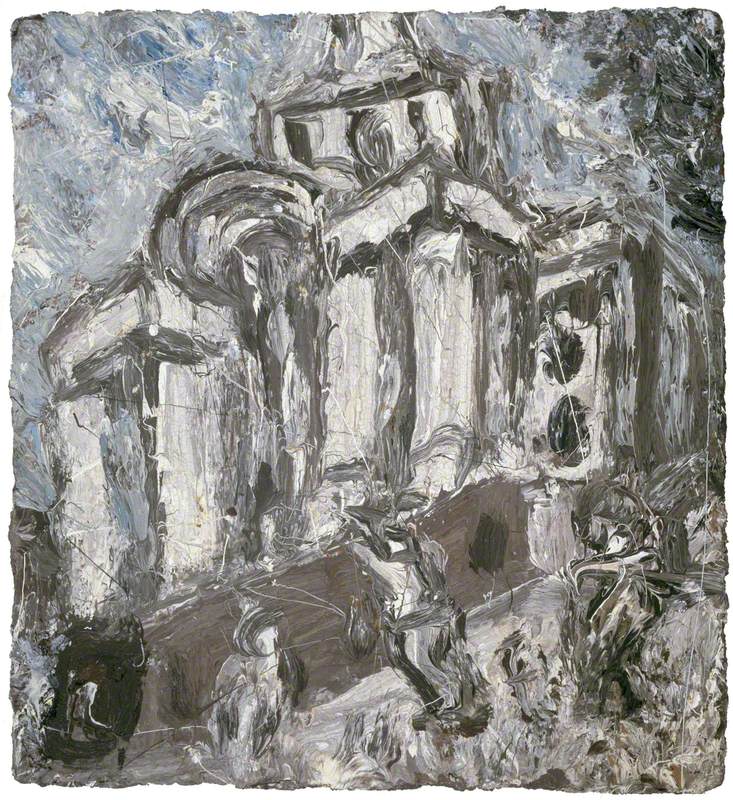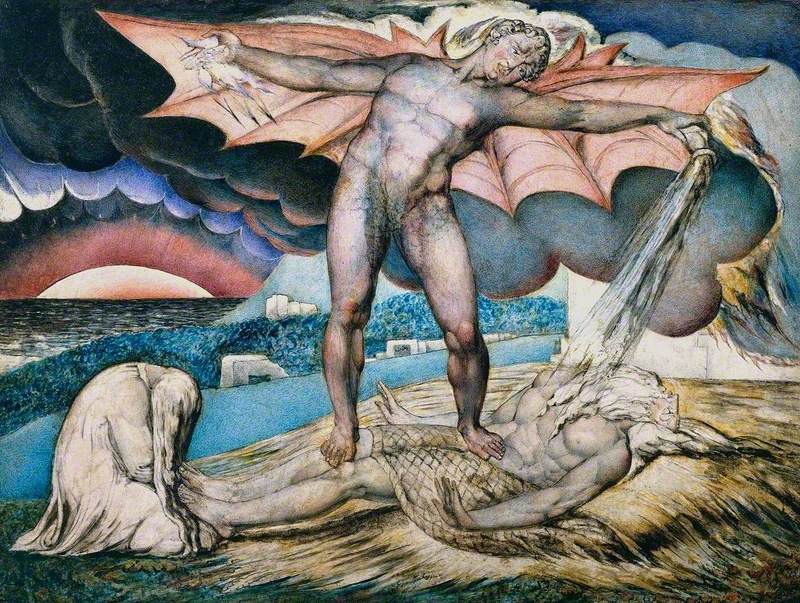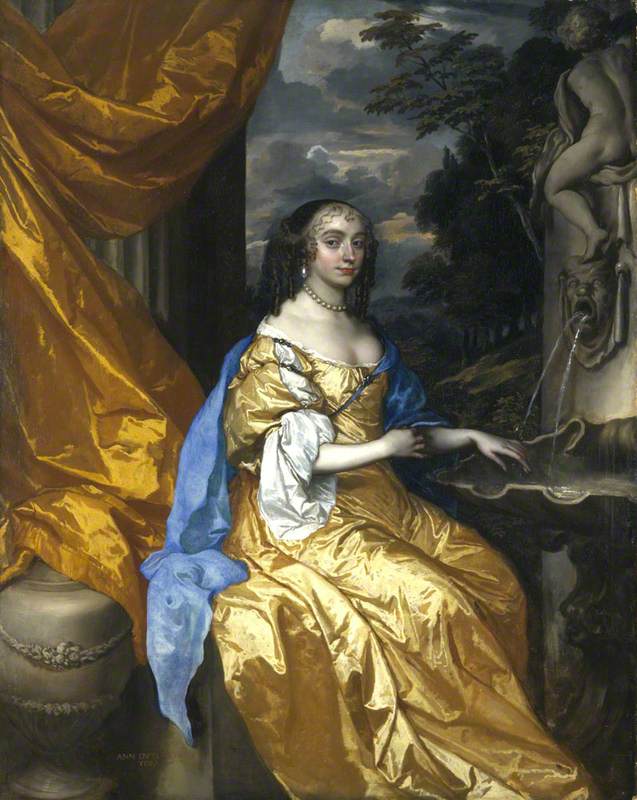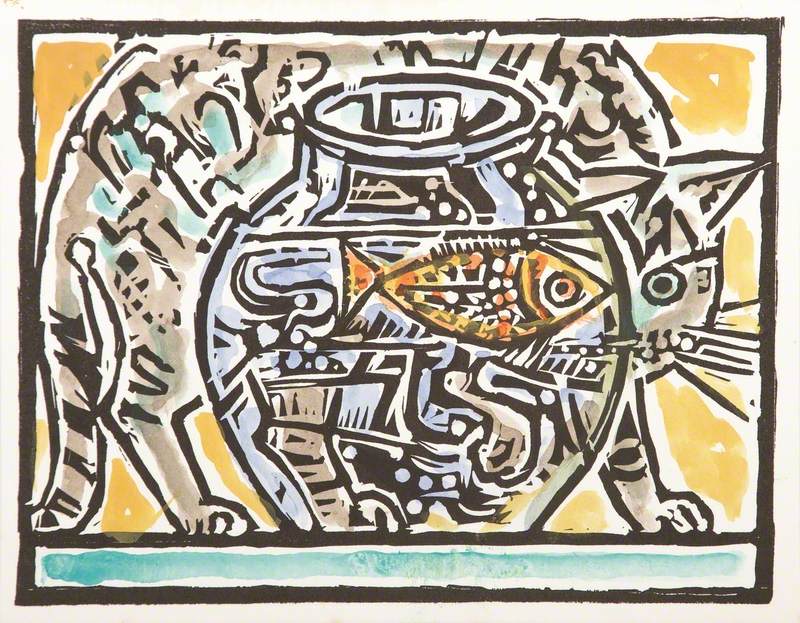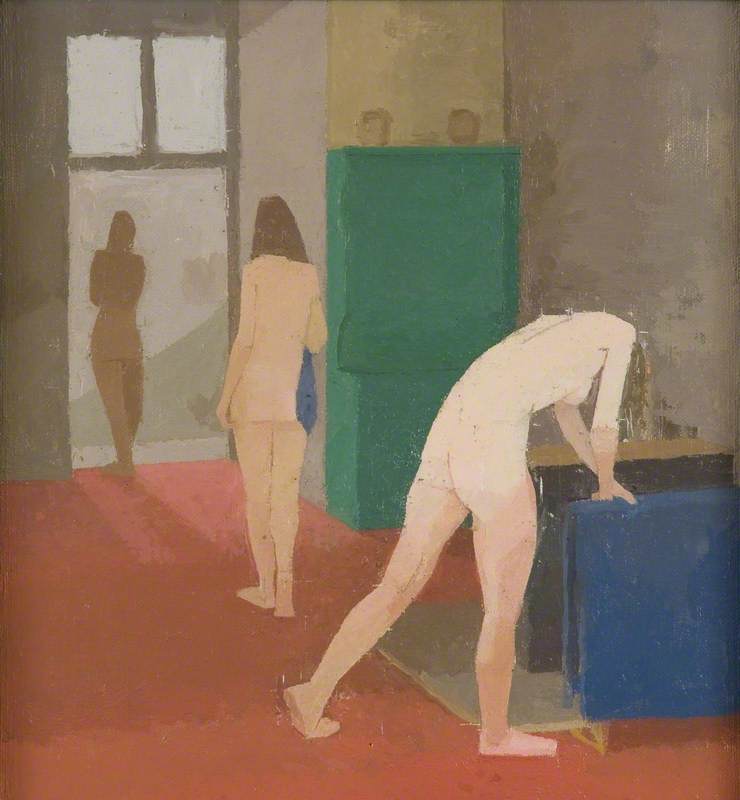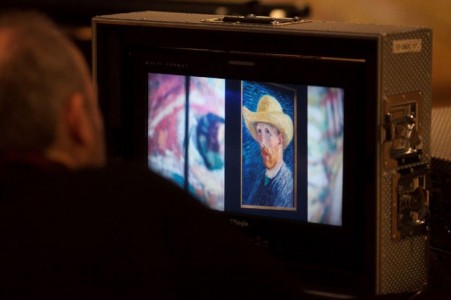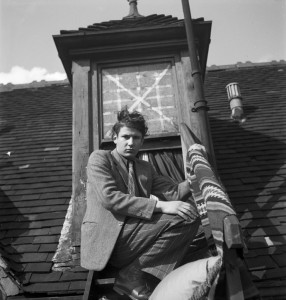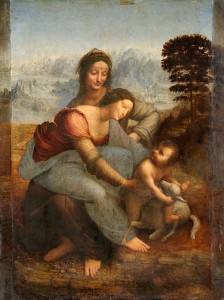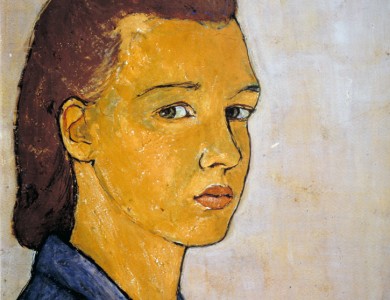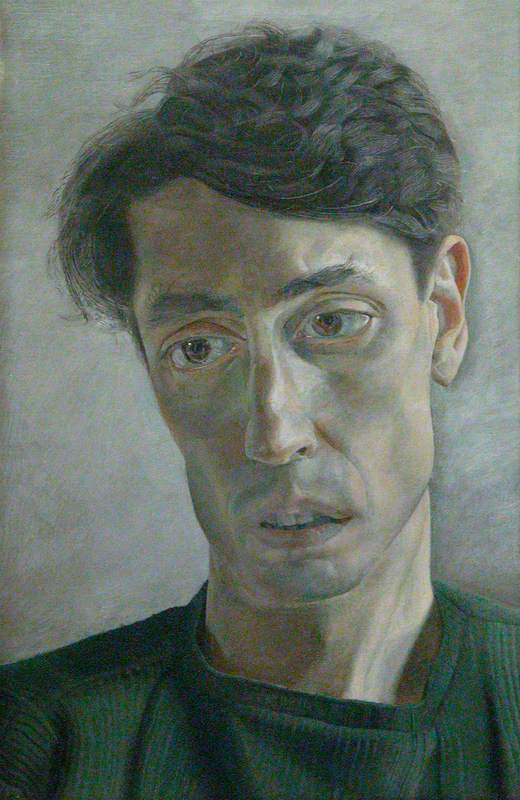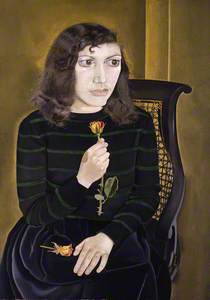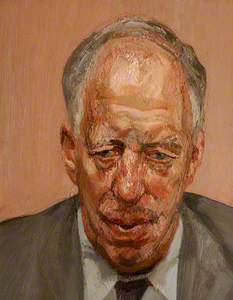Lucian Freud, together with his friend Francis Bacon, has an international reputation at the forefront of British figurative painting in the second half of the twentieth century. His distinctive style of intense observation gave his portraits, clothed and naked, an intensity that has been controversial. His models have included family and friends, and a few celebrities such as Kate Moss. His influence can be seen in the work of Jenny Saville.
Freud was born in Berlin in 1922, the grandson of Sigmund Freud, the founder of psychoanalysis. His family arrived in England in 1933 as emigrants escaping from Hitler's Germany and he attended progressive boarding schools and, briefly, the Central School of Arts and Crafts in London. He befriended artists and poets in bohemian Soho and joined the East Anglian School of Painting and Drawing at Dedham, Suffolk, in 1939.
Freud's talent for drawing had been recognised as a child and by 1940 he was admired and encouraged by Kenneth Clark, then Director of The National Gallery. Granted British nationality, he served briefly in the Merchant Navy and then continued to study and exhibit in London, being influenced by Surrealism. Through Graham Sutherland he met Francis Bacon, two other artists also attracted to Surrealism.
His portraits of the late 1940s, such as Girl with Roses, combine intense observation and detail with a disturbing sense of unreality. The 'girl' was Kitty Garman, whom he married in 1948.
Freud's drawings and paintings were increasingly admired and exhibited and he was attracting influential patrons and sitters. Interior at Paddington won an Arts Council prize at the 1951 Festival of Britain and Girl with a White Dog was bought by Tate in 1952.
In 1953 he represented Britain at the Venice Biennale with Francis Bacon and Ben Nicholson.
Late in the 1950s, under the influence of his lifelong friend Francis Bacon, Freud's style broadened from his earlier fine finish to the use of a larger brush, as in Man's Head (Self Portrait I).
Man's Head (Self Portrait I)
1963
Lucian Freud (1922–2011) 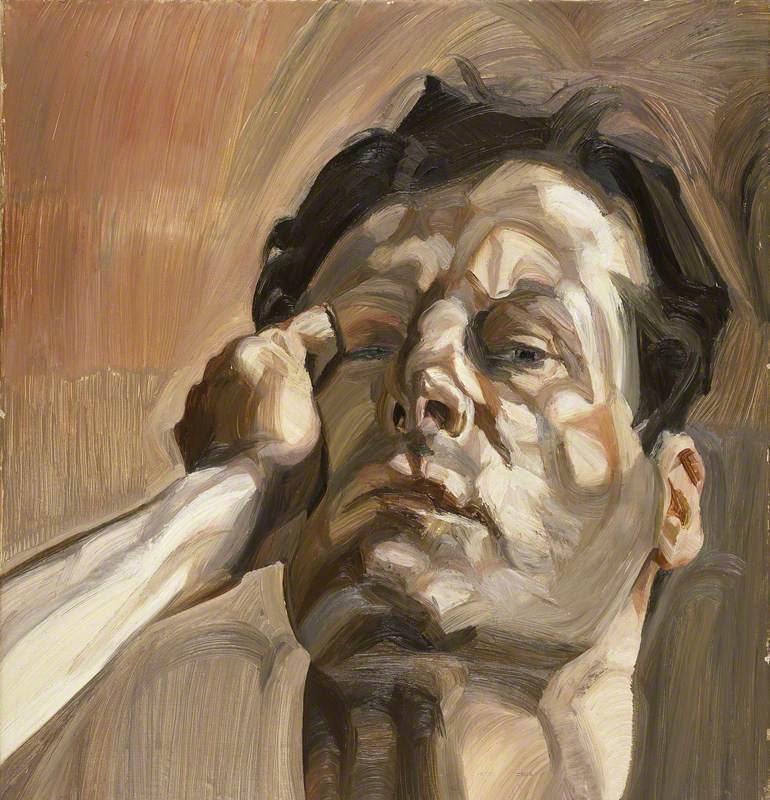
This did not reduce the intensity of his vision: a portrait of the Duke of Devonshire took 36 exhausting sittings. He had said his sitters must be 'punctual, patient and nocturnal'. Freud's dedication to painting and to his social life in the bars and gambling clubs of Soho made family life difficult; his two marriages failed after a few years.
Freud had a set of regular sitters, including his family, especially his mother (The Painter's Mother IV) and his daughters, artist friends and models, such as the performance artist Leigh Bowery and Sue Tilley, the 'Benefits Supervisor' of several paintings of the 1990s. His dogs often accompany humans in his portraits and he also painted portraits of horses.
Freud was unsparingly honest, committed to the exploration of human flesh as it actually is. His naked portraits, in particular, attracted criticism for their explicitness. 'I want my paintings to feel like people', he said, 'I want the paint to feel like flesh.' This honesty is compounded by their setting: the crumpled sheets, decrepit furniture and bare floorboards of his studio, as seen in Naked Portrait.
But there are also many portraits of men in suits, even The Brigadier in his dress uniform, and many close-up studies of faces that place him firmly in the tradition of Rembrandt as a recorder of humanity. Like Head of a Man 1991, very few of his portraits include the name of the sitter in their titles, underlining Freud's interest in their physical and emotional presence rather than their status.
The 1970s and 80s, a period when abstract art was at the forefront of fashion, Lucian Freud, Francis Bacon, and Frank Auerbach, among others, kept a powerful strand of figurative painting alive in Britain. Freud's first retrospective exhibition was held by the Arts Council in 1974 and the four artists featured in two important and influential exhibitions, 'The Human Clay' at the Hayward Gallery in 1976 and 'The New Spirit in Painting' at the Royal Academy in 1981. In 1985 he was appointed Companion of Honour and 1987 saw the first major international retrospective exhibition of his work.
In 2001 Freud was commissioned to paint a small portrait of Elizabeth II for the Royal Collection. There have been several further international retrospectives. He died in 2011.
Andrew Greg, National Inventory Research Project, University of Glasgow
